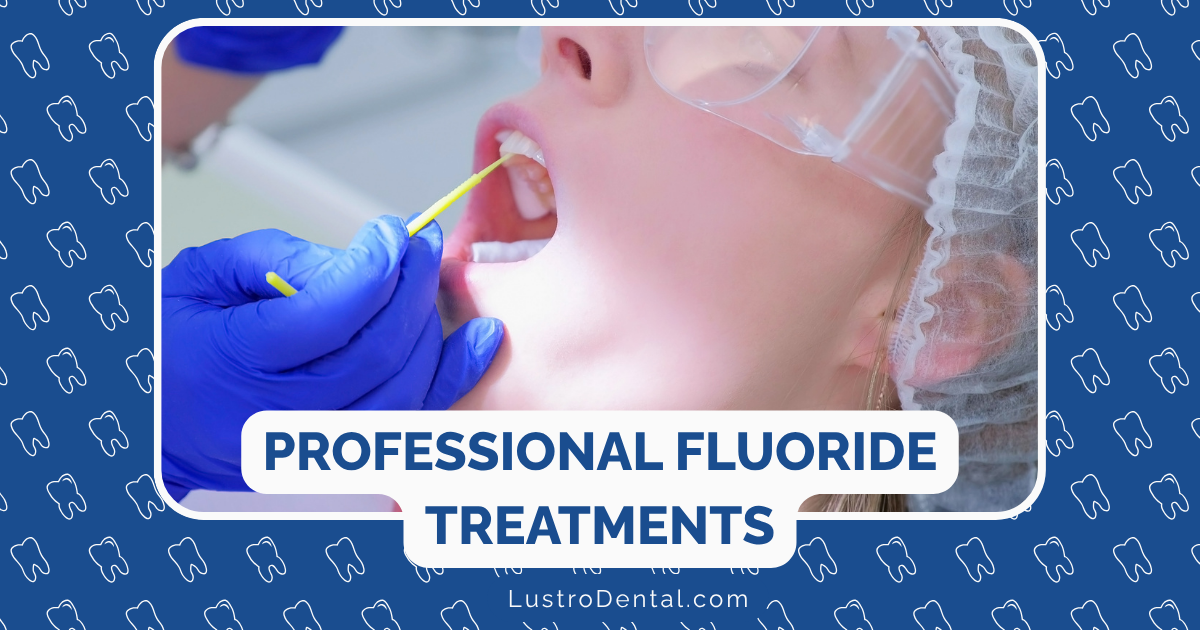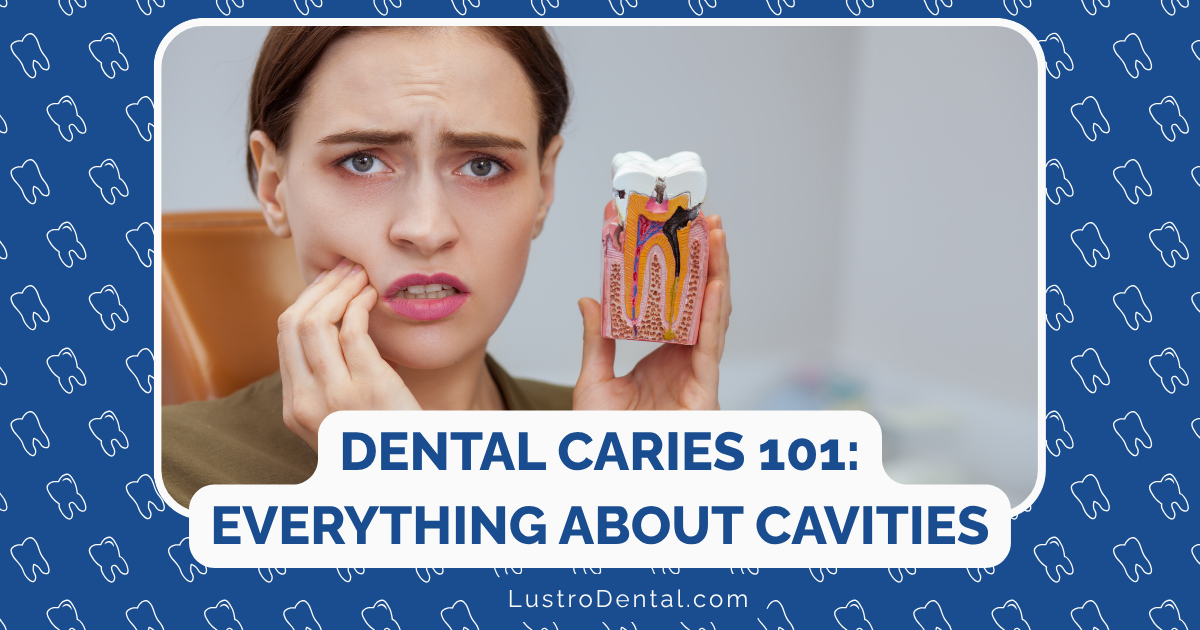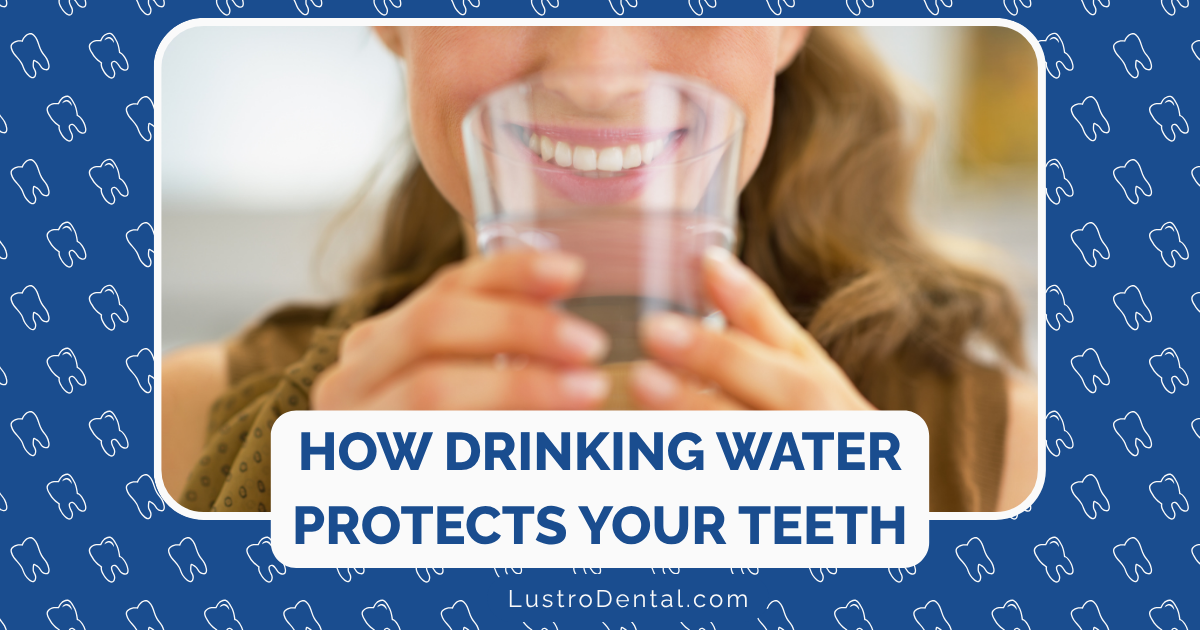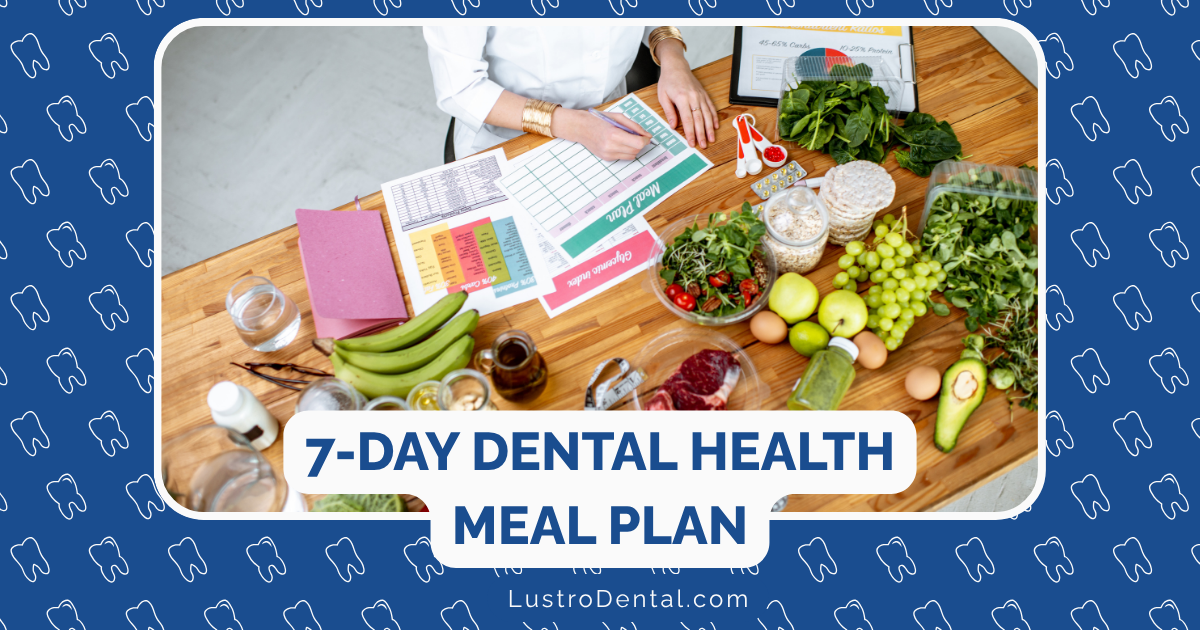How Professional Fluoride Treatments Differ from Your At-Home Products

If you’ve ever wondered whether that professional fluoride treatment your dentist recommends is really necessary when you’re already using fluoride toothpaste at home, you’re not alone. Many patients ask me this question, especially when they’re trying to be mindful of dental costs.
The short answer? There are significant differences between professional and at-home fluoride applications—differences that can impact your oral health in meaningful ways. Let’s dive into what sets these treatments apart and why both might have a place in your oral health routine.
The Concentration Factor: A Matter of Strength
The most notable difference between professional and at-home fluoride products lies in their concentration levels.
Professional Fluoride Concentrations
According to the American Dental Association (ADA), professionally applied fluoride treatments pack a serious punch:
- Fluoride Varnish: Contains 22,600 parts per million (ppm) of fluoride (2.26%)
- Fluoride Gel: Contains up to 12,300 ppm of fluoride (1.23%)
- Fluoride Foam: Contains similar concentrations to gel
To put this in perspective, these professional products deliver fluoride concentrations that are 10-20 times stronger than what you use at home.
At-Home Fluoride Concentrations
By comparison, your bathroom counter products contain significantly lower concentrations:
- Over-the-counter toothpaste: 1,000-1,500 ppm fluoride (0.10-0.15%)
- Over-the-counter mouthrinse: About 230 ppm fluoride (0.05%)
- Prescription-strength toothpaste: 5,000 ppm fluoride (0.5%)
This concentration difference isn’t arbitrary—it’s by design. Professional products are formulated for controlled, infrequent application by trained dental professionals, while at-home products are designed for safe daily use.
Delivery Systems: How Fluoride Reaches Your Teeth
Beyond concentration, the way fluoride is delivered to your teeth differs substantially between professional and at-home applications.
Professional Delivery Systems
Professional fluoride treatments typically come in these forms:
Fluoride Varnish
This sticky resin adheres to tooth surfaces and continues releasing fluoride for several hours after application. According to Cleveland Clinic, varnish has become the preferred professional delivery method because it:
- Stays in contact with teeth longer
- Requires no rinsing
- Allows normal eating and drinking shortly after application
- Has minimal risk of ingestion
Fluoride Gel or Foam
Applied using trays that fit over your teeth, these treatments typically remain in place for 1-4 minutes. While effective, they’ve become less common than varnish in many practices.
At-Home Delivery Systems
Your daily fluoride exposure typically comes from:
Toothpaste
Delivers fluoride during brushing, with contact time limited to the duration of brushing (ideally 2 minutes).
Mouthrinse
Provides fluoride contact for the 30-60 seconds you rinse.
Drinking Water
If you have fluoridated community water, you receive a constant but very low-level exposure of about 0.7 ppm throughout the day.
The key difference? Professional applications create a high-concentration fluoride reservoir that continues working long after you leave the dental office, while at-home products provide more frequent but lower-concentration exposure.
Effectiveness: What the Research Shows
With such different concentrations and delivery methods, how do these treatments compare in effectiveness?
Professional Treatment Effectiveness
Research consistently shows the value of professional fluoride applications:
- A systematic review published in the Journal of Dental Research found that fluoride varnish demonstrates a prevented fraction of 43% for permanent teeth and 37% for primary teeth compared to no treatment.
- According to the American Academy of Pediatrics, fluoride varnish is now considered the standard of care in pediatric settings for caries prevention.
- The Cleveland Clinic reports that professional fluoride treatments can reduce the risk of cavities by approximately 25%.
At-Home Product Effectiveness
Daily fluoride products also show significant benefits:
- Fluoride toothpaste has been shown to reduce caries by 20-30% compared to non-fluoride toothpaste.
- Daily use of fluoride mouthrinse can provide an additional 6-12% reduction in caries beyond fluoride toothpaste alone.
- The combination of fluoridated water and fluoride toothpaste provides additive protection against tooth decay.
The key insight? These approaches work best when used together rather than as alternatives to each other.
Duration of Action: The Longevity Factor
How long do these different fluoride applications actually work? This is another area where professional and at-home products differ significantly.
Professional Treatment Duration
Professional fluoride varnish creates a sustained release mechanism:
- Adheres to teeth for several hours (typically 4-12 hours)
- Continues releasing fluoride into the tooth surface during this time
- Creates a fluoride reservoir in the tooth that can provide benefits for weeks
- Recommended application frequency is typically every 3-6 months, depending on cavity risk
According to Dental Economics, some professional varnishes like Vanish (3M) have been proven to release fluoride for up to 24 hours after application.
At-Home Product Duration
By contrast, at-home products provide more frequent but shorter-duration exposure:
- Toothpaste contact time: 2-3 minutes per use, twice daily
- Mouthrinse contact time: 30-60 seconds per use, once or twice daily
- Effects diminish within hours after use
This difference in duration explains why both approaches are valuable—professional treatments provide intense, periodic reinforcement, while daily products maintain a baseline level of protection.
Types of Fluoride: Chemical Differences Matter
Not all fluoride is created equal. Different fluoride compounds offer unique benefits, and this is another area where professional and at-home products often differ.
Professional Fluoride Types
Professional products typically use:
Sodium Fluoride (NaF)
- Most common in varnishes (5% NaF)
- Quick acting and highly effective
- Used in products like Duraphat (Colgate) and MI Varnish (GC America)
Acidulated Phosphate Fluoride (APF)
- Often used in professional gels
- Particularly effective for newly erupted teeth
- Contains phosphoric acid that enhances fluoride uptake
Ammonium Fluoride
- Used in products like Fluor Protector S (Ivoclar Vivadent)
- Provides up to 3% fluoride concentration after solvent evaporation
At-Home Fluoride Types
At-home products typically contain:
Sodium Fluoride (NaF)
- Common in many toothpastes and mouthrinses
- Stable and effective for daily use
Stannous Fluoride (SnF₂)
- Found in certain toothpastes
- Offers additional benefits like antimicrobial action and sensitivity reduction
- According to Today’s RDH, stannous fluoride provides benefits for patients with periodontal disease, xerostomia (dry mouth), and dentinal hypersensitivity
Sodium Monofluorophosphate
- Used in some toothpastes
- Releases fluoride ions more slowly
The choice between these compounds depends on specific oral health needs, which is why your dentist might recommend particular professional treatments or at-home products based on your situation.
Application Process: The Experience Difference
The application experience differs dramatically between professional and at-home fluoride treatments.
Professional Application Process
When you receive a professional fluoride treatment:
- Your teeth are cleaned and dried
- The fluoride product is applied using a brush, swab, tray, or special applicator
- You may be instructed not to eat, drink, or rinse for 30 minutes after some treatments (though varnish typically allows normal activities sooner)
- The entire process takes just a few minutes
According to the ADA, professional fluoride treatments typically take just a few minutes to apply but provide long-lasting benefits.
At-Home Application Process
Your at-home routine typically involves:
- Brushing with fluoride toothpaste for two minutes, twice daily
- Possibly using a fluoride mouthrinse once or twice daily
- For prescription products, following specific instructions from your dentist
The key difference is frequency—daily application versus periodic professional treatments every 3-6 months.
Who Benefits Most: Tailoring Fluoride to Individual Needs
Not everyone needs the same fluoride regimen. Understanding who benefits most from professional treatments versus at-home products helps explain why dentists make specific recommendations.
Who Benefits Most from Professional Treatments
According to the National Institutes of Health, professional fluoride treatments are particularly valuable for:
- Children and adolescents at high risk for cavities
- Patients with active decay or a history of frequent cavities
- Those with orthodontic appliances (braces or clear aligners)
- Patients with exposed root surfaces or receding gums
- Individuals with dry mouth (xerostomia) due to medications or medical conditions
- Patients undergoing head and neck radiation
- People with special healthcare needs that make daily oral hygiene challenging
Who Benefits Most from At-Home Products Alone
For some individuals, consistent use of at-home fluoride products may be sufficient:
- Adults with excellent oral hygiene and low cavity risk
- People with access to optimally fluoridated water
- Those with no special risk factors for decay
However, most dental professionals recommend that even low-risk patients receive periodic professional fluoride treatments for maximum protection.
Cost Considerations: Value vs. Expense
Cost often factors into decisions about professional fluoride treatments.
Professional Treatment Costs
- Typically range from $20-$50 per application
- Often covered by dental insurance, especially for children
- Usually performed during regular dental check-ups (no additional visit required)
At-Home Product Costs
- Fluoride toothpaste: $3-$8 per tube
- Over-the-counter fluoride mouthrinse: $5-$10 per bottle
- Prescription-strength fluoride toothpaste: $15-$30 per tube (may be covered by insurance)
When weighing costs, consider that preventing a single cavity (which can cost $150-$400 to fill) can offset the expense of several years of professional fluoride treatments.
Combining Approaches: The Optimal Strategy
Rather than choosing between professional and at-home fluoride, research suggests the optimal approach is using both strategically.
The Complementary Approach
The Cleveland Clinic and other authorities recommend a multi-faceted approach to fluoride exposure:
- Daily foundation: Brush twice daily with fluoride toothpaste
- Enhanced home care: Add fluoride mouthrinse for higher-risk individuals
- Professional reinforcement: Receive in-office fluoride treatments at intervals determined by your risk level
- Environmental support: Drink fluoridated water when available
This layered approach provides both the consistent low-level protection of daily products and the periodic intensive reinforcement of professional treatments.
Safety Considerations: Addressing Concerns
Some patients have concerns about fluoride safety, particularly with higher-concentration products.
Professional Treatment Safety
Professional fluoride treatments are designed to maximize benefits while minimizing risks:
- Applied by trained professionals who control the amount used
- Varnish formulations adhere to teeth, reducing ingestion risk
- Treatment frequency (typically 2-4 times yearly) limits overall exposure
- According to the American Academy of Pediatrics, even for young children, professionally applied fluoride varnish poses minimal risk
At-Home Product Safety
At-home products balance effectiveness with safety for daily use:
- Lower concentrations reduce risks from accidental ingestion
- Clear dosing instructions (pea-sized amount for children, etc.)
- Age-appropriate recommendations (supervision for young children)
For both professional and at-home fluoride, the key safety principle is using the right amount at the right frequency for your specific needs and age.
Making the Right Choice for Your Dental Health
So how do you decide what’s right for you? Here’s a practical framework:
Assess Your Risk Level
Work with your dentist to understand your cavity risk based on:
- Past cavity history
- Diet and oral hygiene habits
- Special conditions (dry mouth, orthodontics, etc.)
- Medication use
- Access to fluoridated water
Follow Professional Recommendations
Your dentist can recommend a personalized fluoride regimen based on your specific needs, which might include:
- Professional fluoride frequency (every 3, 6, or 12 months)
- Specific at-home products (standard or prescription-strength)
- Additional preventive measures if needed
Maintain Consistent Home Care
Even with professional treatments, daily home care remains essential:
- Brush twice daily with fluoride toothpaste
- Use the recommended amount (pea-sized for children, more for adults)
- Consider fluoride mouthrinse if recommended
- Follow any special instructions for prescription products
Conclusion: The Power of a Comprehensive Approach
Professional fluoride treatments and at-home fluoride products aren’t competing approaches—they’re complementary strategies that work together to provide optimal protection against tooth decay.
The professional treatments deliver concentrated, long-lasting fluoride reinforcement at periodic intervals, while your daily products maintain a consistent baseline of protection. Together, they create a comprehensive defense system for your teeth.
Next time your dentist recommends a professional fluoride treatment, you’ll understand that it’s not redundant with your home care—it’s a powerful enhancement that provides benefits your toothpaste and mouthrinse simply can’t match on their own.







